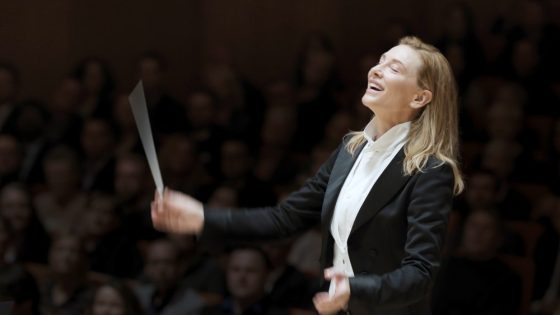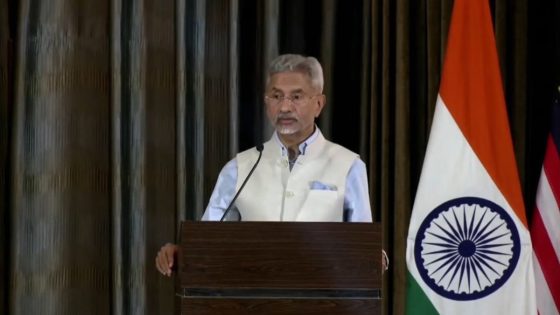The summer movie season is now all but over, the tea leaves are in, and everyone in the industry is working hard to read them. Sizing up the future of movies, should we be hopeful? Fearful? Somewhere in between?
To recap the signs: There were many big hits this summer (“Deadpool & Wolverine,” “Inside Out 2,” “Despicable Me 4,” “Twisters,” “Bad Boys: Ride or Die,” “Kingdom of the Planet of the Apes,” “A Quiet Place: Day One”), and that’s reason to celebrate. News flash: People still like to go to the movies!
But…the total box-office receipts lagged behind those of 2023, so there’s reason to be wary. But…the impact of the strike still registered this summer in a profound way, since there wasn’t enough product to satisfy demand. That’s good news. It means that the demand is there, and that the situation can be rectified in 2025.
And yet, if you stand back and look at the great big pie chart of moviegoing, there is still a major piece missing.
Back in the ’90s, when the blockbuster age was in full swing, with the independent film revolution happening right alongside it, I knew who I was rooting for on a weekly basis. I’ll confess that I sometimes thought of popcorn-movie audiences as the “bad guys,” and the audiences for adventurous indie and foreign films as the “good guys.” The bad guys kept the engine of escapism whirring. But the good guys helped to sustain cinema as an art form. That may sound snobby or unfair, but it’s how I thought of it.
What I would never have expected to see is that formulation turned on its head. To me, the audiences that made hits this summer out of “Inside Out 2” and “Kingdom of the Planet of the Apes” are now the good guys. They’re the ones who are keeping cinema, or at least some version of it, alive. But what about the good guys of the ’90s — the adventurous moviegoers whose enthusiasm sparked the rise of indie film? Have they all gone away? No, but sorry, they’ve become the bad guys. Because they’re the ones who are staying home.
We know why. The rise of streaming…the hangover of the pandemic…oversize TV screens…the 25 minutes of trailers you have to endure in theaters…yada yada yada. The trouble with this familiar litany of a changed culture is that we tend to accept it as The Truth, when the reality may be more pliable. The real truth is that millions and millions of people, many of them with big TVs, still go out to the movies. The question is: Why aren’t more of the people who say they love cinema among them?
As the fall movie season approaches (festivals! awards! quality!), we’ll be gearing up to see some of the best films of the year. But those movies, more and more, are holding on by the skin of their teeth at the box office. In 2023, audiences turned out for “Killers of the Flower Moon” (and, earlier in the year, for “Air”), yet too many of the movies that should have been bigger sensations, like “Poor Things” or “Priscilla” or “Anatomy of a Fall” (or, the year before that, “Tár”), now find themselves relegated to the status of delicate boutique buzz films.
You might say: Those movies do the business they do. There’s no world where they would have been bigger. But I’m saying that we need nothing less than a collective rediscovery of what commercial filmmaking can mean. Yes, it means twisters and bad boys; it means Marvel and horror; it means rom-coms and animated rides. But can’t we envision a world, once again, where it could also mean…drama? (Just look at the business that “It Ends with Us” is doing.) Where the big screen can take two people talking in a room and make them larger than life?
This is partly a business proposition. The need for studios to slash production costs is real. So is the waning of the Peak TV that stole cinema’s mojo. This summer proved, beyond a doubt, that movies are still a hot commodity. The real question — not just for now, but for 20 years from now — is: What, exactly, is a movie going to be? It’s time that the people who say they love movies the most answered that by showing up for them again.
Source Agencies


